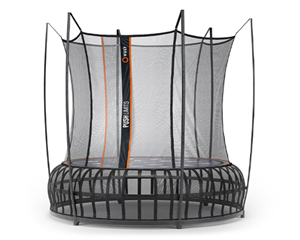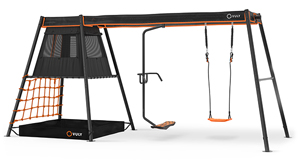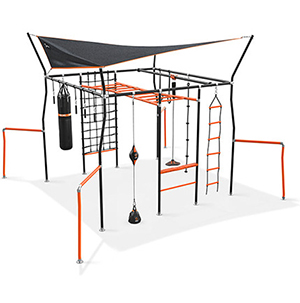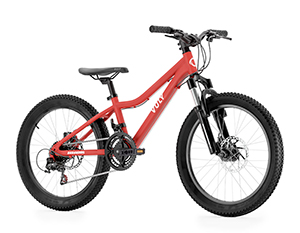Occasionally, new trampolines can cause headaches to users. Headaches are the result of tight muscles in the neck which, in turn, can affect the whole head. The tightness of the neck muscles fluctuates throughout the day, depending on the time of day and the kinds of activities that are being performed. A small number of unlucky people may feel more pressure and tightness in their muscles whenever they begin to jump on a trampoline. When they stop jumping, the pain dissipates.
If you are among the unfortunate minority who does experience trampoline-induced headaches, you must release tension in your neck. You can do this by following our easy steps:
- Relax your body by taking a deep breath.
- Place your hands along the side of the head so that your thumbs are under your ears and your fingers are behind your head.
- Squeeze your thumb and fingers together and hold for 45 seconds.
- After this time has passed, slowly lower your head to look at your feet.
- Ease up on the pressure, but make sure that your neck remains lowered for an additional 30 seconds.
- While still maintaining a lowered neck position, reposition your thumbs under your ears and place your fingers behind the head, this time at the base of the skull.
- Repeat the above action before jumping on the trampoline again.
Why Does My Head Hurt When I Get Up Quickly?
Some people also experience pain, and may even feel nausea or blackout when they get up quickly from a sitting or lying position. This usually happens to older people or people with cardiovascular weakness, however, young people can experience this as well.
This is due to low blood pressure and a delayed neuromuscular response in the muscular layer of blood vessels. As we stand up, we need to increase blood pressure to allow blood to reach the brain against gravity. If there is a lapse, you may feel sick temporarily. It's always important to get up slowly when you've been sitting down for an extended period of time.
























































